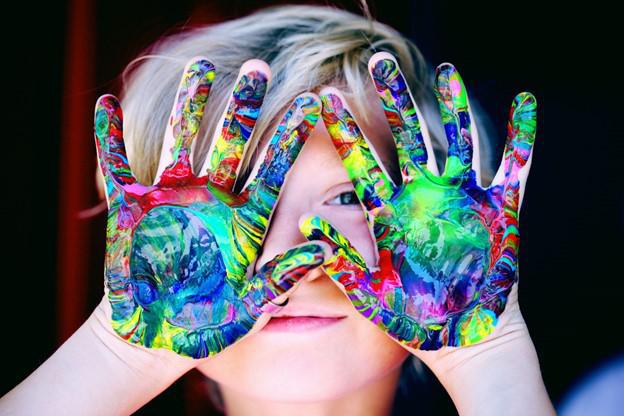Self-care is a tool often used for adults to reset and prioritize their mental health, but its important for young people to have that same opportunity. As a parent, you can look for ways to make self-care activities part of your daily routine in order to model those behaviors to the children. From learning how to take care of the mind and body to practicing gratitude, there are multiple ways for both parents and kids to adopt self-care activities. Here are a few tips from Endless Discoveries Child Development Center on getting started.
Model healthy behaviors
Kids of all ages take their cues from the behaviors they see at home, so when you model healthy behaviors, youre setting a great example for your little ones. Think about the greatest sources of your stress and how you can make some positive changes in your life, such as altering your routine at work to manage your time better or eating healthy snacks on busy days when your lunch break keeps getting pushed back. Verywell Mind notes that its also important to make sure youre not being too hard on yourself, as perfectionism can take a toll. Taking careof yourself in small ways can really help to boost your mental health, leading to happier moods once you get home.
Another healthy behavior that can be taught at an early age is how to create a stress-free living environment. Explain to your kids the importance of decluttering, cleaning, and organizing so the home is conducive to relaxation and family time. This opens up the home and supports creativity, as outlined below.
Help them find their creativity
In addition to modeling positive behaviors, you can also help your child find their creativity and bring it out with quiet, reflective activities such as making art, playing music, writing, or baking. These are all wonderful outlets for children of all ages and, as Creative Child explains, can be beneficial educationally and can help them find a calm moment. Not only that, these activities allow kids time to meditate when done alonewhich has advantages that range from better sleep to more focusor to interact with one another when they need social time. Give your child the tools they need to get creative at home and encourage them to find their own voice through their chosen outlet.
Practice gratitude together
Once your child has had some time to reflect and meditate, talk to them about gratitude and what it means to them. This is a great time to have a conversation and answer any questions they may have, and you can create some goals with one another for showing appreciation, such as volunteering your time and giving back to the community, or helping out at church functions. As a form of self-care, this practice can help boost a childs self-esteem and allow them the chance to take control over some of their own actions.
Put away the screens
Sometimes, in order to practice gratitude and activities that help us feel relaxed, Its necessary to get away from technology for a bit. Take that one step further and challenge your child to engage their senses without a device for an entire day. Have them go outside and draw what they see, or create a sensory room with soft music, pleasant scents, and comfortable chairs that they can go to for a quiet time. Even with limits on screen time, having so much access to digital devices can take a toll mentally and physically and leave kids unable to fully engage with their surroundings. By unplugging and taking a break, they can recharge and prepare for their upcoming responsibilities.
Self-care and its benefits arent always as obvious to kids as they are to adults, so keep the conversation open at home about how your child can take care of their mind and body,and model healthy behaviors that will be advantageous to you both.
**Photo credit via Pexels
